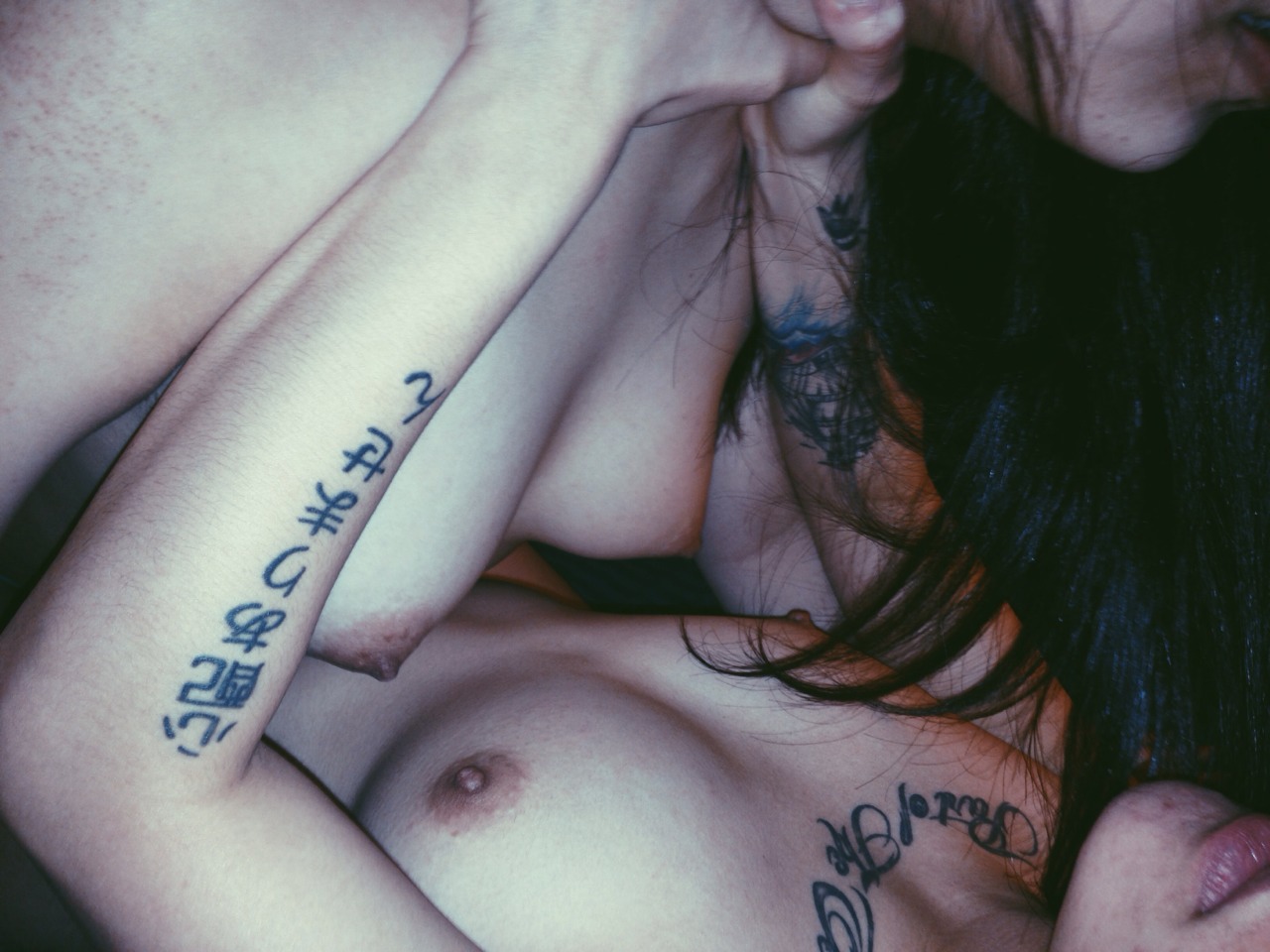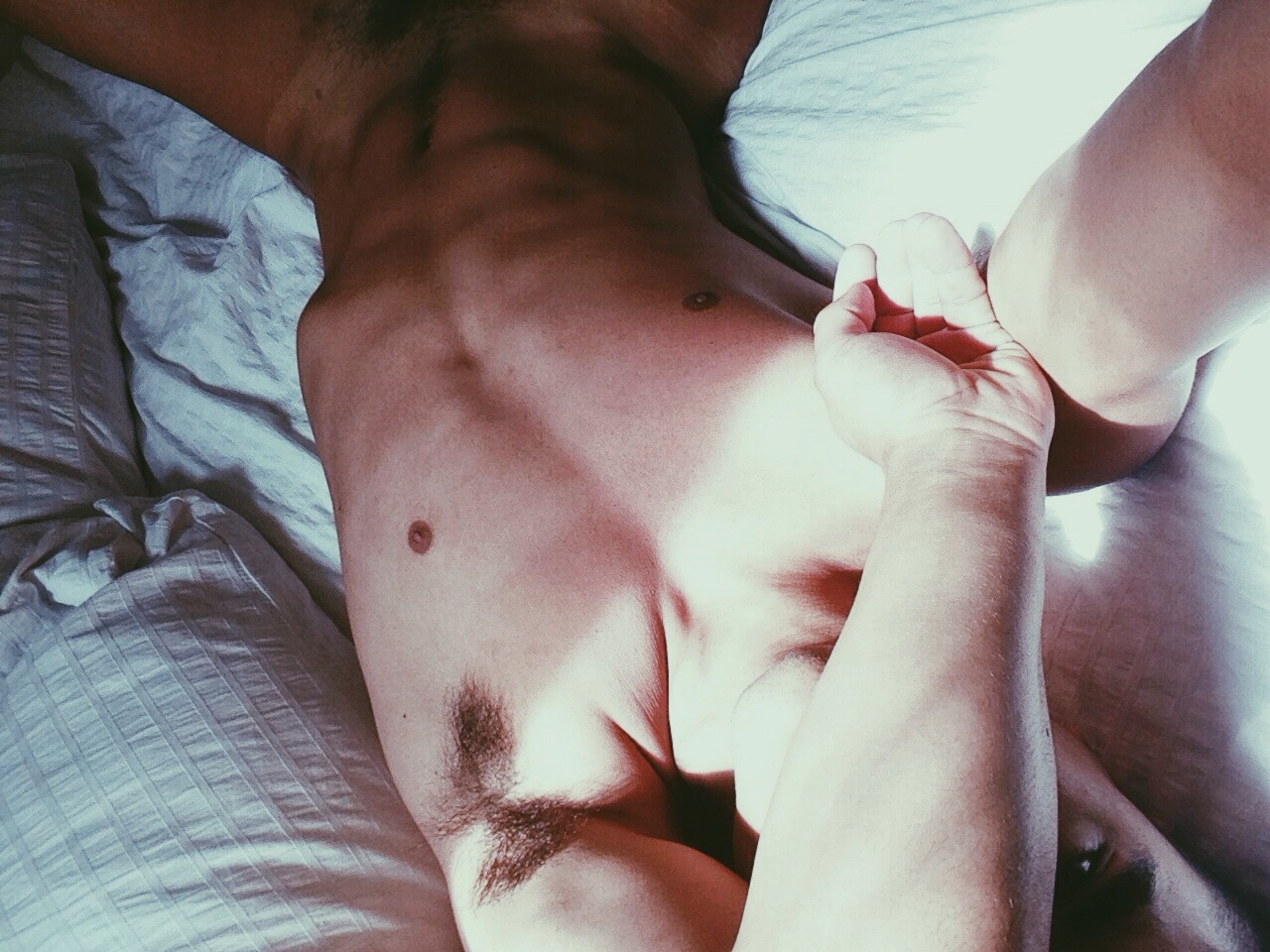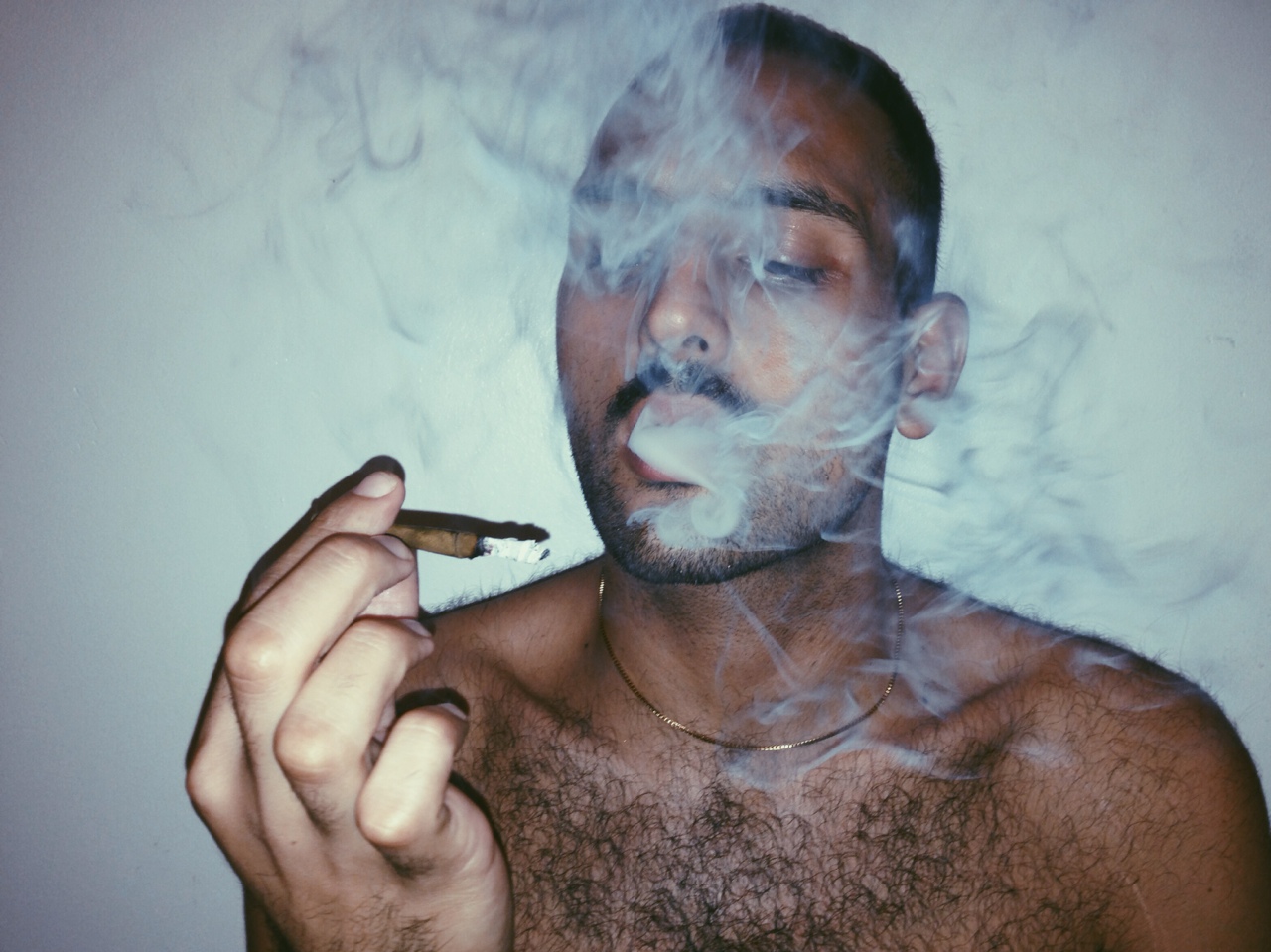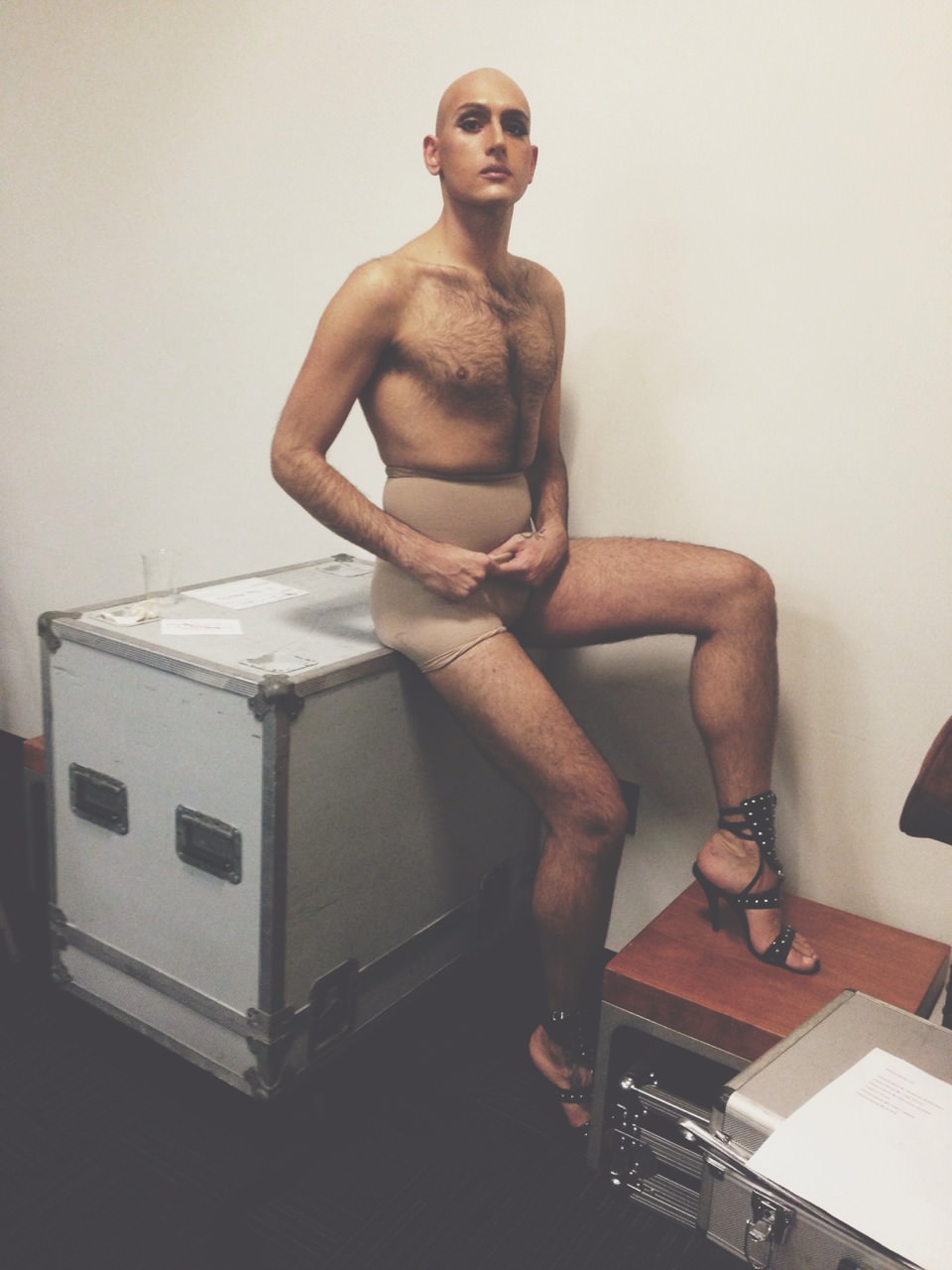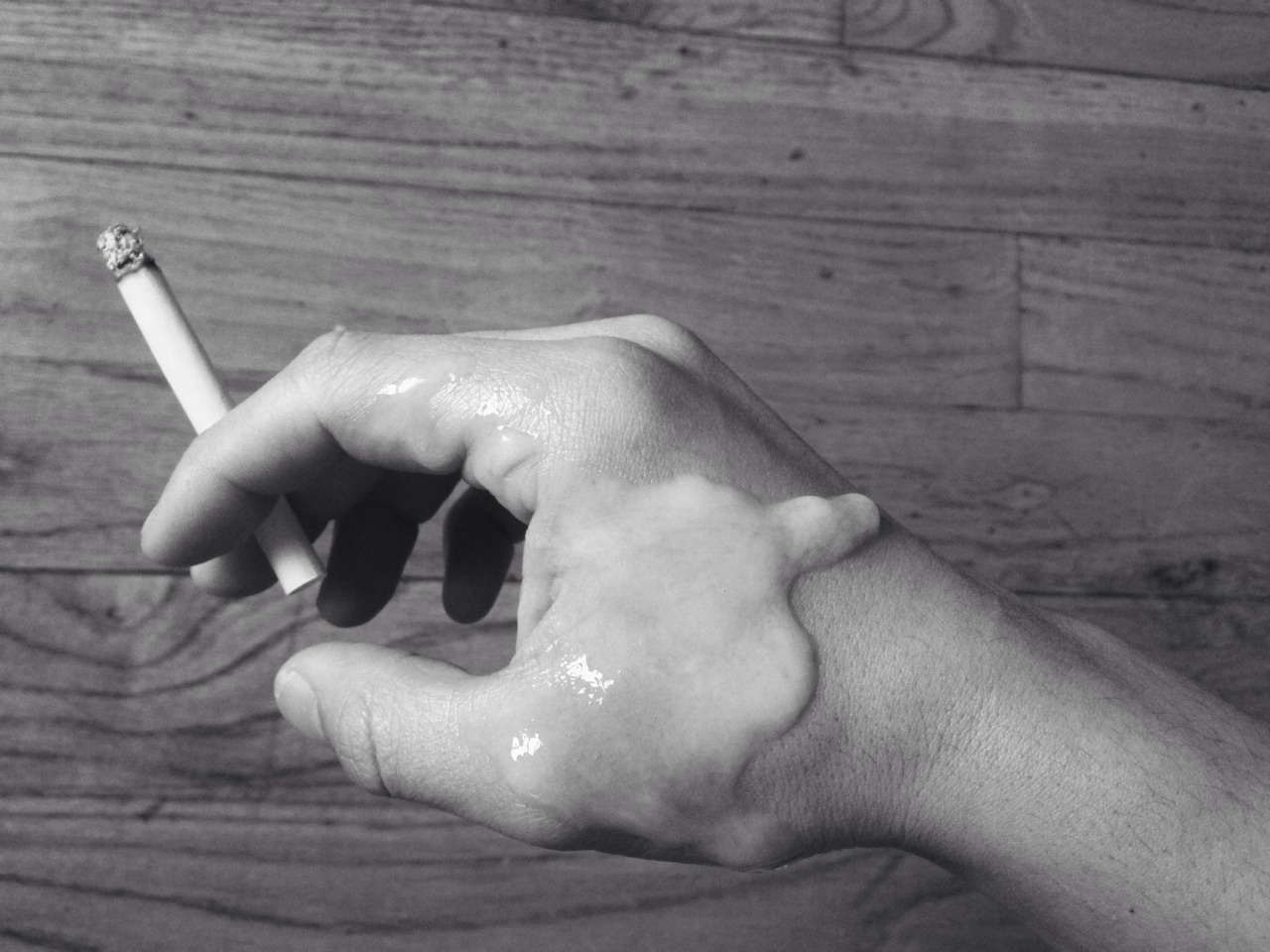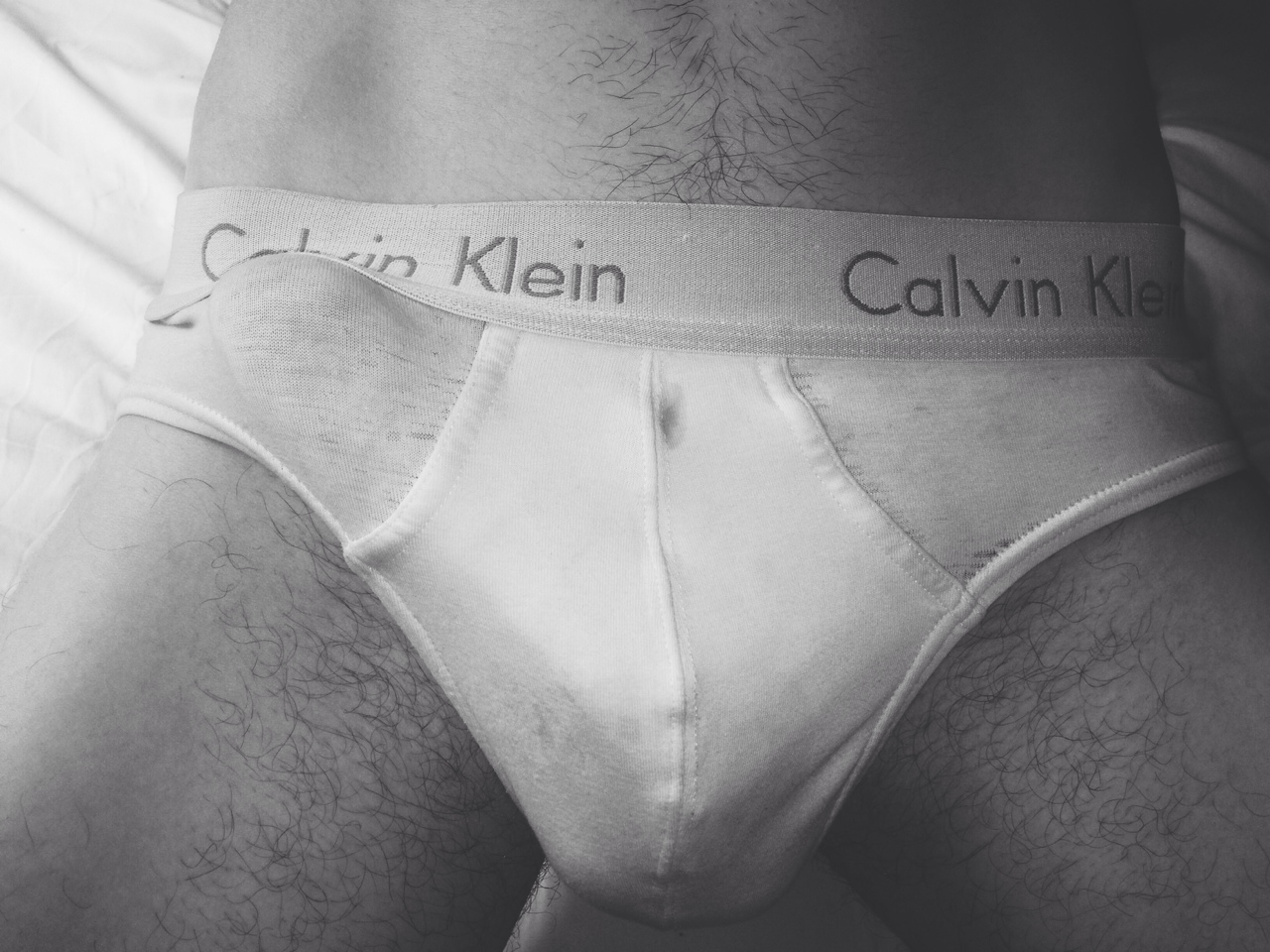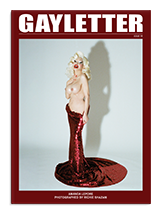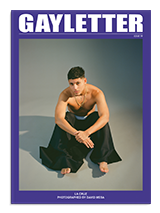
PHOTOGRAPHY BY BENJAMIN ACKERMANN
The Uncensored Visual Autobiography of Benjamin Ackermann
The 24-year-old photographer on his incisive work and the future of photography
Capturing potent portraits of friends, body parts, objects, and himself (pictured above), 24-year-old Benjamin Ackermann’s photography lays bare an audacious, compelling depiction of youth. Bruises, blood, semen, and saliva are all prominent focal points, thrown in sharp relief against patchworks of skin that cover a refreshingly disparate range of body types. His work is often explicit and unrelenting, providing ludic access points to moments from the artist’s life that come together like a joyously vulgar, Instagram-ready descendant of Nan Goldin’s The Ballad of Codependency. It’s no wonder he’s called his Tumblr, where he publishes his photography, a “visual autobiography” of his own life: as a group, his work forms a deeply personal collection of loaded imagery that act as embodiments of Ackermann’s own resolute notions on intimacy, queerness, and desire.
Born and raised in Southern California, Ackermann moved to New York City two and a half years ago with the help of friend and photographic muse Hannah Boyne. “When she heard I wanted to move to New York, she flew me out and stayed with me for a week until I got my footing,” Ackermann explains. “She changed my life forever.” The move has certainly paid off: the past few years of experimentation have revealed a keen eye for detail, color, and composition. Though he’s fresh to photography, his work already demonstrates a visceral, thought-provoking artist to watch.
We reached out to Ackermann to ask him a few questions about how he defines his visual autobiography, taking photos of money shots, and what he thinks the future of photography looks like.
What’s your earliest experience with a camera? When I was about 10 years old, my sister Heidi and I drove from my home in California to Buffalo, New York where she was attending college. She had a film camera that she let me use to photograph the trip. She was so cool to me and let me take photos of whatever I wanted. We went to the Grand Canyon, drove through endless cornfields, and stayed at weird hotels.
Why do queer people figure prominently in your work? Do you consider your work political? I don’t identify as anything sexually, except for my gender which is male. Sex is more complicated and personal than we are able to express in words which is why we do it with our bodies. There are people of all types in my photos, but I think people are drawn mostly to the photos of gay men because I have a unique perspective of them, one that is not yet widely shown within mainstream imagery such as advertising, TV shows, etc. My photos are not like a lot of early and contemporary gay photography because instead of fetishizing and focusing on them solely as physical specimens, I obsess over the emotional exchanges and social implications of intimacy between men. I’m not sure my mindset is political when I’m photographing, but I would say there are political elements in my decisions of which photos to publish or not to publish.
Since your work has only been public for two years, are you looking forward to a long career as a photographer? Are you a photographer full-time or do you have other professional interests? I am looking forward to a multi-faceted artistic life of discovery and growth. I’d like to work with brands, people, and concepts by capturing and nurturing their identities and abilities. When I see an interesting campaign or a moving portrait it often affects me more than editorial work. I currently work at a restaurant part time. Hopefully that will change soon, as I would much rather work creatively full time.
A lot of your work hones in on the body—bruises, blood, skin, semen, and saliva are all prominent subjects. You manage to get a lot across about intimacy, desire, and mortality through this kind of imagery. What is it about the body and its various functions and states that appeals to you aesthetically and/or thematically? Blood, skin, saliva, etc. are all elements of sex and natural products of our bodies. For me, it is important to photograph and honor them to maintain the integrity of my perspectives on intimacy, sex, and the emotions that accompany them. I love beauty. To me, the human body is the most beautiful thing to observe and interact with. I think it’s strange that bodies are the one thing everyone has and at the same time a major source of shame or embarrassment for most people. Think about how much humans love to cum. There are billion-dollar industries based on making us cum. We are all here because somebody had an orgasm. Yet people feel uncomfortable seeing a picture of semen unless it’s in a pornographic or textbook context. Why alienate and misrepresent something that actually holds great value and motivation for you? To me, that unwillingness to examine oneself and inability to have a dialogue about something so vital to our existence is more disturbing than a photo of someone’s busted nut. Ok, maybe my work is a little political.
In the past, you’ve called your work a “visual autobiography.” How do you see your work as an autobiography? Have you ever had any doubts about putting such intimate parts of your life out there, or is that kind of exposure freeing? My work is autobiographical in that it is a visual diary of some of the beautiful moments in my life. The photos of people having sex, bleeding, running around naked on rooftops—those are all actual moments that happened organically, not something I planned out extensively. I started my blog anonymously years ago and was posting photos, quotes, and sounds I liked and saved from the Internet and wherever. That’s how I started to develop my taste and aesthetic, which eventually evolved into creating content myself. At first I was apprehensive about sharing parts of my life that most people deem “too personal” because I didn’t want certain opportunities to be denied me. It came down to me loving who I am and what I do and accepting that any opportunity I didn’t get to experience because of who I am probably isn’t meant for me anyways. It is a freedom, but it comes with a lot of misunderstanding, judgment, and misrepresentation. If I stay true to my values both within and outside of the context of my work, I find that most people eventually come to an understanding of who I am and are able to find ways in which they can relate to me.
You’ve said before that honesty is an important principle you live by; how does this translate into the technical and creative sides of your photography? Creatively things have to be organic and based in reality. If I try to produce an emotion that isn’t happening naturally or make someone look different than they actually are, I lose interest and don’t find the joy in the work. I try and maintain that same ethos in the editing process, and keep postproduction minimal. If something isn’t there, I try not to force it. If something is there, I try not to overlook it.
Judging by your blog, moving to New York seems to have acted as a springboard for you. Does the creative energy of New York City inspire or influence your work? I came to New York to immerse myself in an environment more conducive to creative thinking and living. Since moving here, I have come into my own understanding of who I am. New York inspires me to live a life I love and to work hard. One day I’m at some beautiful rooftop bar watching the sun sink across the skyline and the next I’m hopping the subway turnstile and eating dollar slices of pizza because I spent all my money. New York always keeps me on my toes. I love this city.
Are there any contemporary artists that you admire or relate to? My friends, many of whom are wonderful artists, are my greatest source of daily inspiration and support. One of my closest friends Mani Motarjemi is an illustrator and drag persona named Manicure Versace. I value and relate to his work because it provides an interesting perspective on men; gay, straight, or otherwise. Mani is a gorgeous Persian man. As Manicure he’s a chic ‘90s supermodel with chest hair. Observing the ways in which men interact with him based on which one he is at the time is moving and relatable. Their interactions are very telling of the state of men in relation to each other (and gender in general) right now, specifically socially and mentally.
If you could photograph anyone, living or dead, who would it be? I would love to photograph my birth father when he was my age. I was adopted at birth so I’ve never met him. I only have one photo of him from his younger days, leaning against a pick up truck holding a basketball, shirtless.
Now that formats like Instagram are so popular, what do you see as the future of photography? I love Instagram. I believe the future is what you do with what’s been left to you. Just because something is popular doesn’t mean you can’t have an unique perspective. Being creative isn’t something I choose or have to work on. It’s something that runs through me everyday and motivates me to continue to think and to grow and to make things. It doesn’t matter if everyone has a camera. They should! They will never be me and I will never be them, and that’s one reason why art and people are important. If I was trying to create moments that weren’t actually there, it would become much harder for me to achieve my aesthetic, which people have told me is one reason they are drawn to my photographs. I don’t view art or life as a competition. If I did, someone would have to lose and for me, I think all people deserve to coexist instead of dominating one another.
Follow Benjamin on Tumblr and Instagram for more.


